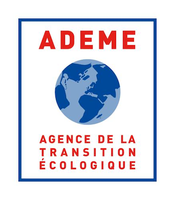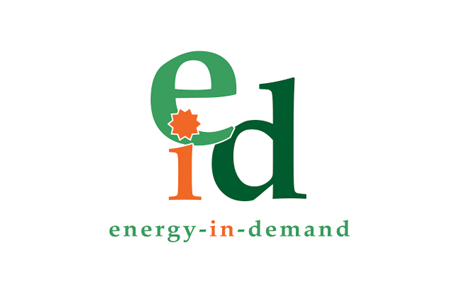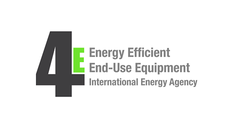Search eceee proceedings
Value of co-benefits from energy saving ventilation systems – Contingent valuations on Swiss home owners
Panel: 7. Policies and programmes for better buildings
Authors:
Nina Boogen, Zurich University of Applied Sciences (ZHAW), Switzerland
Massimo Filippini, ETH Zurich and Università della Svizzera italiana
Adan L. Martinez-Cruz, Swedish University of Agricultural Sciences (SLU)
Abstract
Previous efforts exploring options to increase residential sector's energy efficiency have overlooked that highlighting co-benefits associated with energy efficiency may represent a promising strategy to draw attention from decision makers. For instance, buildings equipped with energy saving and comfort ventilation (ESV) system provide, in addition to savings in energy costs, co-benefits such as improved indoor air quality (IAQ), thermal comfort, and noise reduction. These co-benefits are difficult to appraise by a person that has not experienced ESV. In the economic literature, an experience good is a good difficult to appraise prior to its usage –i.e. such appraisal is feasible only after it has been experienced. By interacting with an experience good, consumers learn the good's attributes –which include co-benefits– only after buying and consuming. This description holds for an ESV system. As co-benefits from an ESV are not a component of everyone's daily life, their appraisal is difficult. For instance, an individual that has experienced poor air quality most of his/her life would find difficult to ponder the value of an improvement in indoor air quality unless he/she experiences such an improvement. Therefore, an appraisal of ESV's co-benefits must rely on preferences reported by people that have experienced such co-benefits.
With this paper we want to contribute to the nascent literature on the value of co-benefits of energy efficient investments in the residential sector. To the best of our knowledge, co-benefits analysed in this paper have been the focus of five previous studies – Spetic et al. (2005); Banfi et al. (2008); Chau et al. (2010); He et al. (2019); Golbazi et al. (2020). From those studies, only Chau et al. (2010) and Golbazi et al. (2020) have considered that these co-benefits are attributes of experience goods, exploring preferences of, respectively, apartment residents in Hong Kong and students in USA. Indeed, there is space for research when it comes to exploring values of co-benefits from energy efficiency investments once a resident has experienced such co-benefits.
Consequently, we have estimated the value of ESV's co-benefits by analysing answers that owners of Minergie houses – which are equipped with ESV – have provided to a contingent valuation protocol. Via a single-bounded dichotomous choice question, we have gathered monthly willingness to accept (WTA) compensation to hold off on using ESV. Average monthly WTA is estimated at CHF 181 – a value dominated by IAQ. WTA protocols may deliver overestimated values. Consequently, this paper estimates willingness to pay (WTP) on a sample of owners of houses that are not equipped with ESV. Average monthly WTP is estimated at CHF 163 – a value dominated by presence of allergies at home, an approximation to relevance of IAQ among respondents that have not experienced ESV. A back-of-the-envelope cost-benefit analysis informed with our estimates suggests that monthly co-benefits from ESV can be as much as twice the costs.
References
Banfi, S., Farsi, M., Filippini, M., and Jakob, M. (2008). Willingness to pay for energy-saving measures in residential buildings. Energy economics, 30(2):503–516.
Chau, C.-K., Tse, M., and Chung, K. (2010). A choice experiment to estimate the effect of green experience on preferences and willingness-to-pay for green building attributes. Building and Environment, 45(11):2553–2561.
Golbazi, M., El Danaf, A., and Aktas, C. B. (2020). Willingness to pay for green buildings: A survey on students’perception in higher education. Energy and Buildings, 216:109956.
He, C., Yu, S., Han, Q., and de Vries, B. (2019). How to attract customers to buy green housing? Their heterogeneous willingness to pay for different attributes. Journal of Cleaner Production, 230:709–719.
Spetic, W., Kozak, R., and Cohen, D. (2005). Willingness to pay and preferences for healthy home attributes in canada. Forest Products Journal, 55(10):19.
Downloads
Download this display as pdf: 7-082-22_Boogen_display.pdf
Panels of
1. Dynamics of consumption: less is more?
2. Efficiency and beyond: innovative energy demand policies
3. Policy, finance and governance
4. Monitoring and evaluation for a wise, just and inclusive transition
5. Towards sustainable and resilient communities
6. Energy-efficient and low-carbon mobility for all
7. Policies and programmes for better buildings
8. Innovations in products, systems and building technologies



























